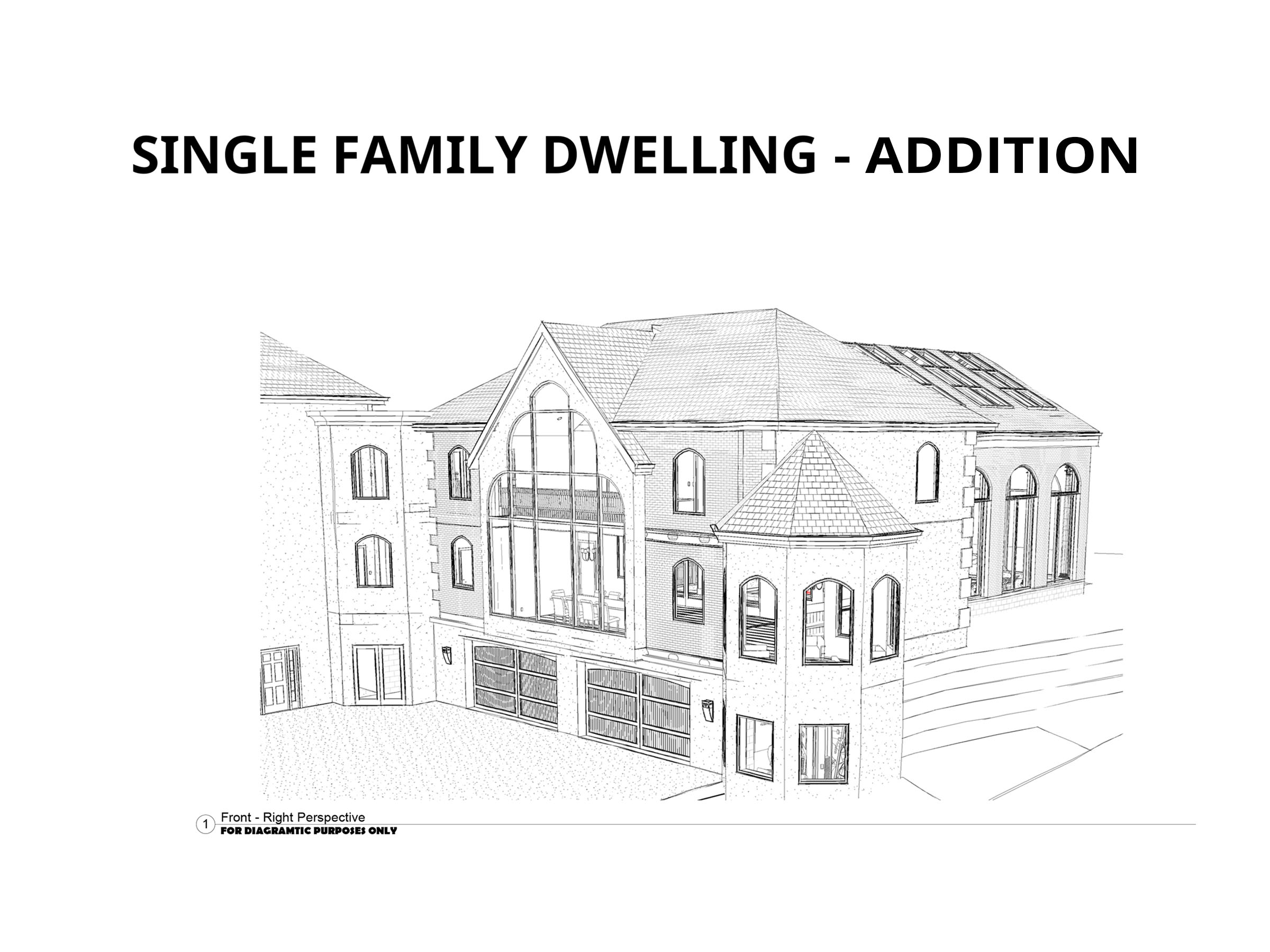Building Smarter Starts with Understanding Your Home?
If you own a modular home, chances are you’ll eventually consider upgrades—maybe expanding your kitchen, adding a new room, or modernizing the exterior. The good news? Yes, you can remodel or upgrade your modular home. But the better answer is: it depends.
Unlike traditional stick-built homes, modular homes are engineered as integrated units. That means remodeling requires extra planning—but with the right approach, your upgrades can be seamless, strong, and stylish.

Understanding Modular Homes (and Why They’re Different)
A modular home is built off-site in factory sections, then transported and assembled on your foundation. Think of it as precision-engineered building blocks that form your finished home. This method delivers tighter construction, faster build times, and long-term value—but it also means remodeling isn’t as simple as tearing down a wall.
Modular homes follow specific engineering and load-bearing rules. Any modification must account for how modules connect, where structural loads are transferred, and how new additions will integrate both visually and structurally.
The Importance of Measuring Before You Build
One of the biggest mistakes DIY remodelers make is assuming “close enough” is acceptable. But even a half-inch mismatch can cause major issues when joining new framing to existing modular construction.
Before any remodel, take precise measurements of your current home—including floor levels, wall heights, roof pitch, and alignment points. The new addition must integrate seamlessly with your existing structure. This is where prefabricated systems like Green-R-Panel can simplify complex tie-ins with factory-level accuracy.
Small Remodels vs. Major Upgrades: What’s the Difference?
Not all remodeling projects are equal:
- Small remodels—like kitchen updates, bathroom refreshes, or minor bump-outs—typically don’t require specialized systems. A skilled local contractor can handle these with conventional framing.
- Major upgrades—such as full wings, second stories, or attached garages with living space—demand the same precision as new construction. These are ideal candidates for engineered, panelized solutions.
When a Panelized System Like Green-R-Panel Makes Sense
Green-R-Panel isn’t a modular home builder—it’s a prefabricated framing system designed for speed, accuracy, and seamless integration. For large remodels, it offers:
- Custom wall heights and roof lines that match your existing structure
- Faster assembly with reduced labor costs
- Less waste and fewer weather delays
- Better quality control for straighter walls and tighter connections
When your remodel starts to resemble new construction, Green-R-Panel bridges the gap between traditional remodeling and modular efficiency.
What Kind of Remodels Work Best with Green-R-Panel?
Consider a panelized system for projects like:
- Major home additions—guest suites, in-law apartments, or full wings
- Second-story additions—where structural accuracy is critical
- Attached garages or workshops—especially with living space above
- Rebuilds after damage—fire, water, or structural repairs requiring precision framing
These scenarios benefit from components that arrive pre-cut, labeled, and ready to assemble—minimizing on-site errors.
The Honest Truth: It’s Not for Every Project
If you’re updating a bathroom, adding a small deck, or doing a minor kitchen expansion, traditional methods are faster and more cost-effective. Green-R-Panel shines when scale and precision matter—when your remodel is large enough to justify engineered drawings and prefabricated logistics.
Final Thoughts: Building Smarter, Not Harder
Upgrading a modular home is absolutely possible—with the right planning. Start by understanding your home’s structure and taking accurate measurements. For major additions, Green-R-Panel offers a smarter path to seamless, high-quality results.
📞 Call us today at 1-800-871-7089
📧 Or email us at [email protected]
Because building smarter doesn’t always mean building new—it means using the right system for the right project.


Comments are closed